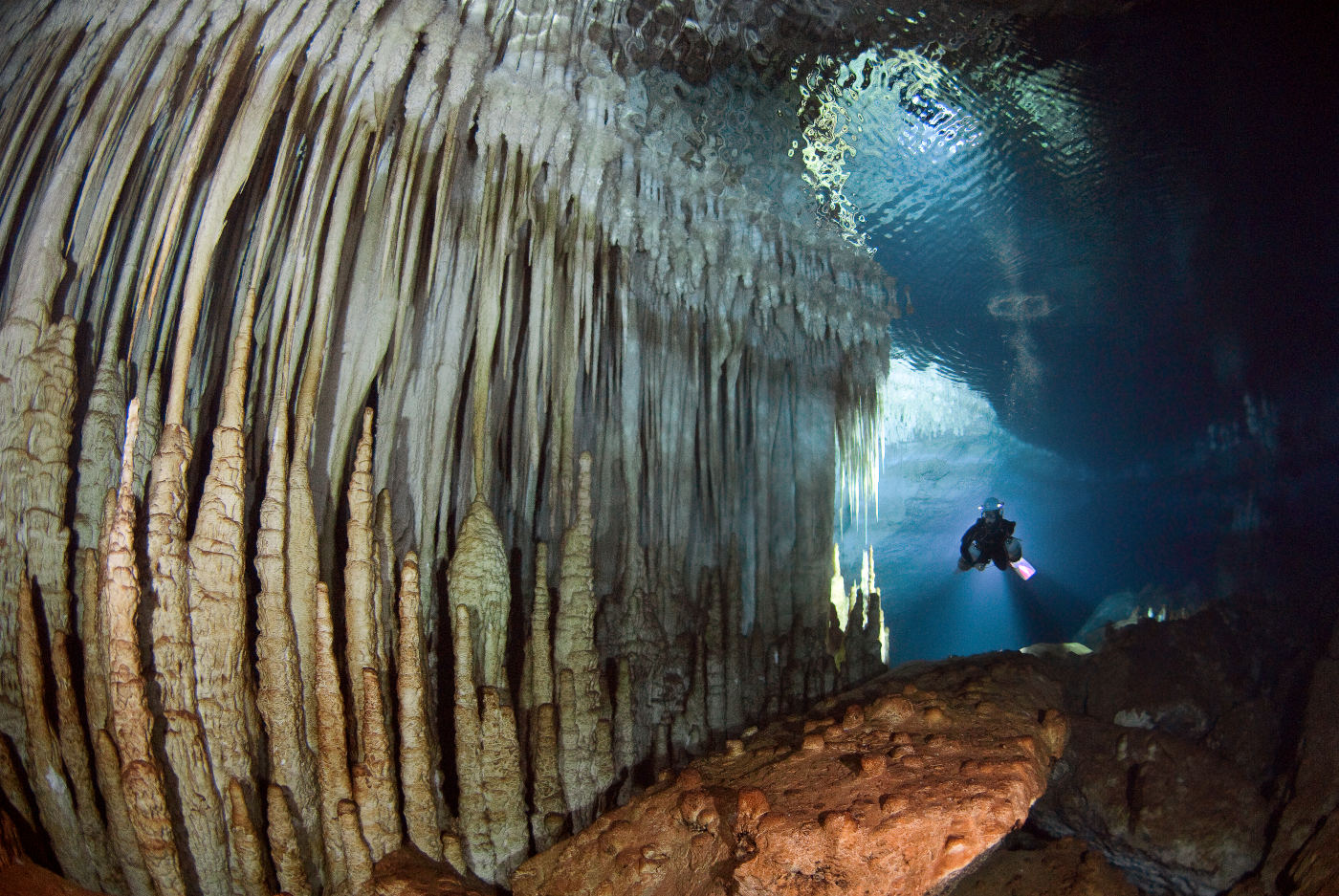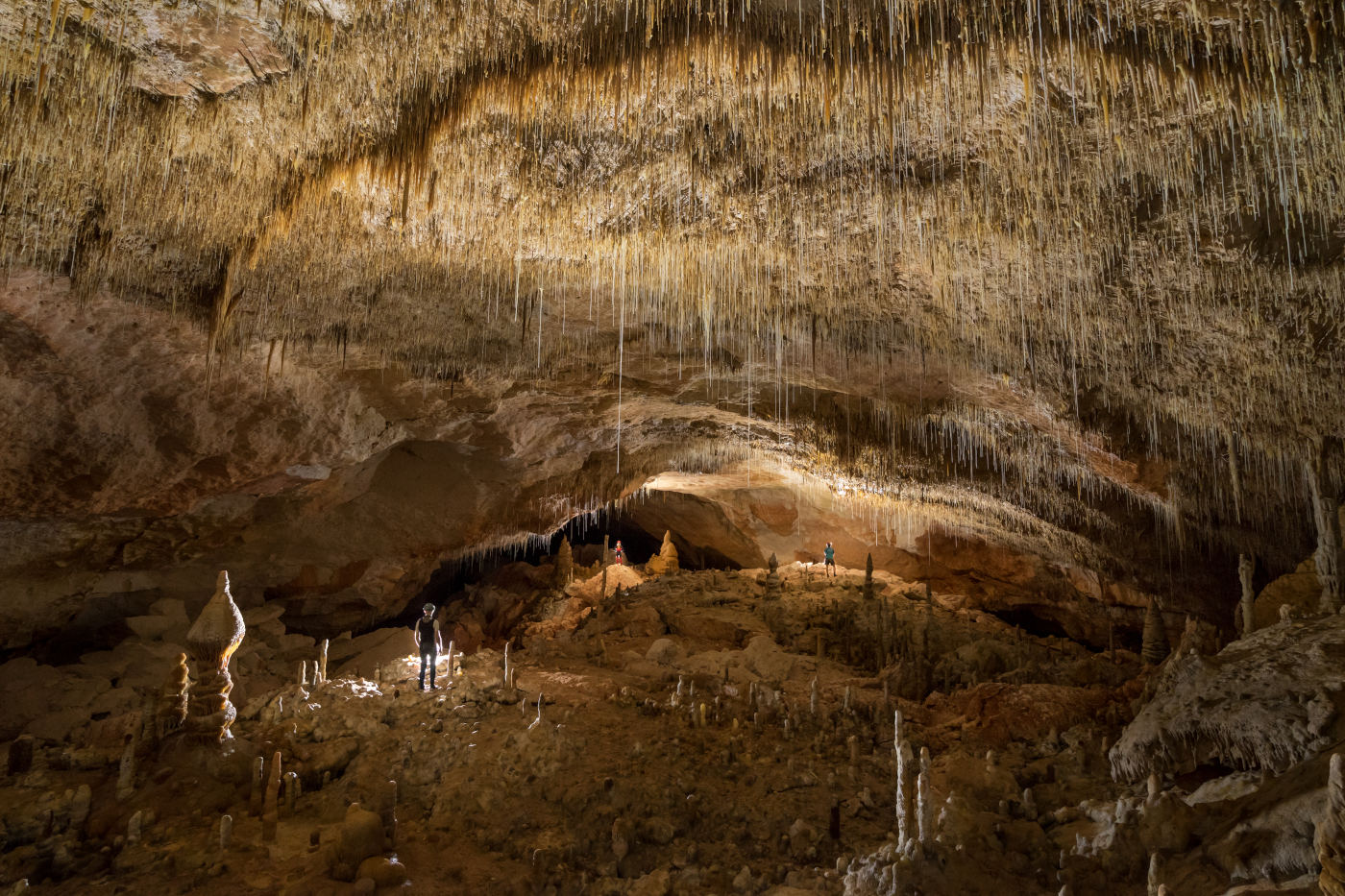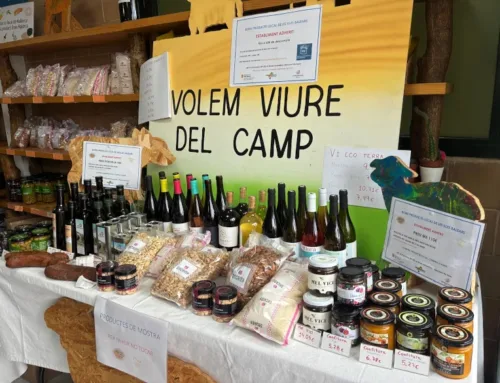Mallorca hides under its surface more than five thousand caves of unparalleled beauty and great scientific value.
The Mallorcan landscape, its famous beaches and the peaks of the Serra set foot on one of the greatest and most unknown treasures of Mallorca: its caves. Karst cavities that are distributed throughout the island and that attract the attention of the media and speleologists from all over the world, who land in Mallorca to enjoy a natural heritage that, until now, is not a prophet in their own land. “We have more than 5,000 caves and new ones are being found”, says Francesc Gràcia, president of the Balearic Speleological Society (SEB) and doctor in Geography from the UIB.

Drac caves. Photo: A. Cirer.
“They are a door to knowledge”, continues the president of the SEB, whose members are in constant contact with research groups from the university and scientists from the Mediterranean Institute for Advanced Studies (Imedea). The subsoil of the island keeps “fossils buried millennia ago, archaeological and mineralogical finds, etc. Through isotopic forms that go back millions of years, it is possible to reconstruct what is of such great interest today due to climate change: the changes in sea level, which are recorded in these caves”, explains Gràcia.
In the Serra, abysses and vertical cavities predominate. In the Migjorn and the Llevant “they are more similar to those of Yucatan, Mexico”. Despite its value, the Mallorcan basement “is like a universe that we cannot reach. Only through natural entrances, sometimes produced by subsidence, by sea erosion or by artificial drilling”.
The jewel in the crown
Isolated from the outside world until 1968, the drilling of a septic tank brought to light what could be considered the jewel in the crown of Mallorcan caves: Pas de Vallgornera. The speleologists Alicia Gallardo and Joaquín Pérez have documented this cave in a book, which they describe as “infinitely beautiful, in which you can see almost everything in the world”. Since they entered it for the first time in 2012, they have been back “every month, some days up to 20 hours, to fight in its 80 kilometers of galleries”, they say.

Vallgornera cave. Photos Alicia Gallardo and Joaquín Pérez.
“People come from all over the world just to visit caves. When they go down to the first room in Vallgornera and swim in its lake they say: This is not found anywhere!” comment the authors of the book Pas de Vallgornera, who also highlight other caves on the island such as Caragoler, Na Mitjana, La Campana -in one of its rooms Palma Cathedral would fit- or Onix cave.
Lack of support
Gràcia, Gallardo and Pérez lament the lack of support from the administrations. “What cavers contribute is not returned to us at an official level. The Conselleria could give aid according to the results obtained to, at least, cover some expenses”, reproaches the president of the SEB.
Alicia and Joaquín, for their part, do not understand how “in Mallorca we do not have an interpretation center for such an important cave, Vallgornera, which explains its genesis. Thousands of people would come and it would provide jobs”. Both agree that the “cave culture” should be promoted. Why don’t we talk about what we have? Between athletes, scientists and administrations we could work together to give value to all this hidden heritage”, they explain.










Leave A Comment